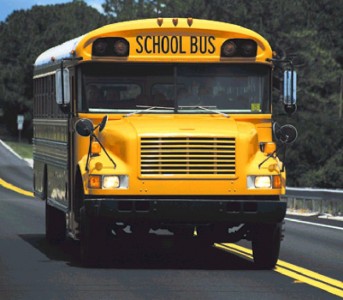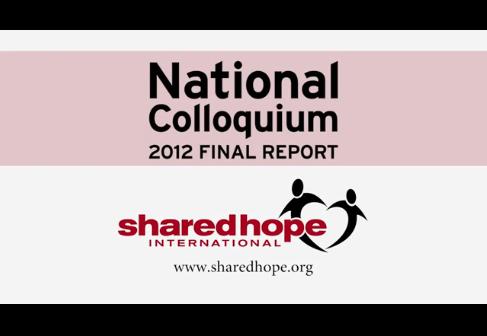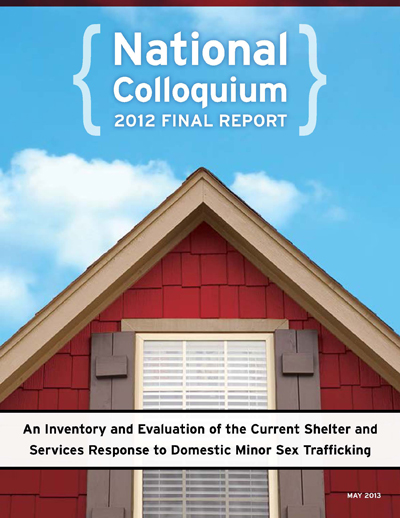 Kids are heading back to school and jumping into another year of learning. Let’s make sure that they are learning about how to stay safe within the school system as well. This first of a two part blog discusses the connection between sexual abuse and sex trafficking.
Kids are heading back to school and jumping into another year of learning. Let’s make sure that they are learning about how to stay safe within the school system as well. This first of a two part blog discusses the connection between sexual abuse and sex trafficking.
It is difficult to imagine someone with whom children are trusted everyday could possibly abuse that trust. Unfortunately, it does happen. In our school systems there are those that use their position to get close to children in order to sexually abuse them. In some cases, this goes beyond sexual abuse and into trafficking.
We see more cases of a school employee sexually abusing a child than we see of a school employee trafficking one. However, a childhood history of sexual abuse leaves a minor more vulnerable to sex trafficking, which multiple studies have confirmed. “For example, a study of 106 adult women in Boston who were incarcerated for prostitution-related offenses or had ever been arrested for prostitution-related offenses found that 68 percent of the women reported having been sexually abused before the age of 10 and almost half reported being raped before the age of 10 (Norton-Hawk, 2002)” (U.S. Department of Health and Human Services, Human Trafficking Into and Within the United States: A Review of the Literature, 2009).
Some school employees have also had a hand in trafficking minors. For example, in June of this year a New York trafficking survivor came forward and shared her story. Brianna was nine years old when her school janitor kidnapped her, raped her, and then sold her to a pimp. Eventually she escaped, only to fall into the hands of another pimp. She was arrested at 13 for prostitution and made to testify against her pimp. ““This man who owned me as a slave, who sold me to child rapists, who profited off of my body deserves to be punished more harshly,” Brianna said. There was also a California case this year in which a Moreno Valley school board member attempted to recruit two underage girls to become a part of the prostitution ring he ran out of his home. During the course of his trial it was revealed that in addition to the three women he was already prostituting, he attempted to draw in two minors.
So what can you do in this situation? Talk to children and teens! You can use Chosen as a tool to open the door to conversation and to make them aware of the dangers of sex trafficking. Shared Hope created this documentary, which tells the story of two teenage girls who were tricked into trafficking.
Teach students about appropriate and inappropriate interaction with school employees. Show them that you are open to listening to them if they feel unsafe around or have been abused by someone in the school system. People generally believe that school employees are often falsely accused of sexual abuse. “In a 1991 review of false or mistaken accusations of sexual abuse, Yates concludes that the majority of false accusations occur in custody cases and that in other circumstances, the incidence of false accusations appears rare” (U.S. Department of Education, Educator Sexual Misconduct: A Synthesis of Existing Literature, 2004). Victims of sexual abuse need to know that they will be heard because so often an abuser will tell them that no one would believe them if they say anything. We have to remain vigilant to ensure that they understand that they will be protected and defended.
In the next blog, you will learn more about the steps you can take to protect children and teens in schools.










